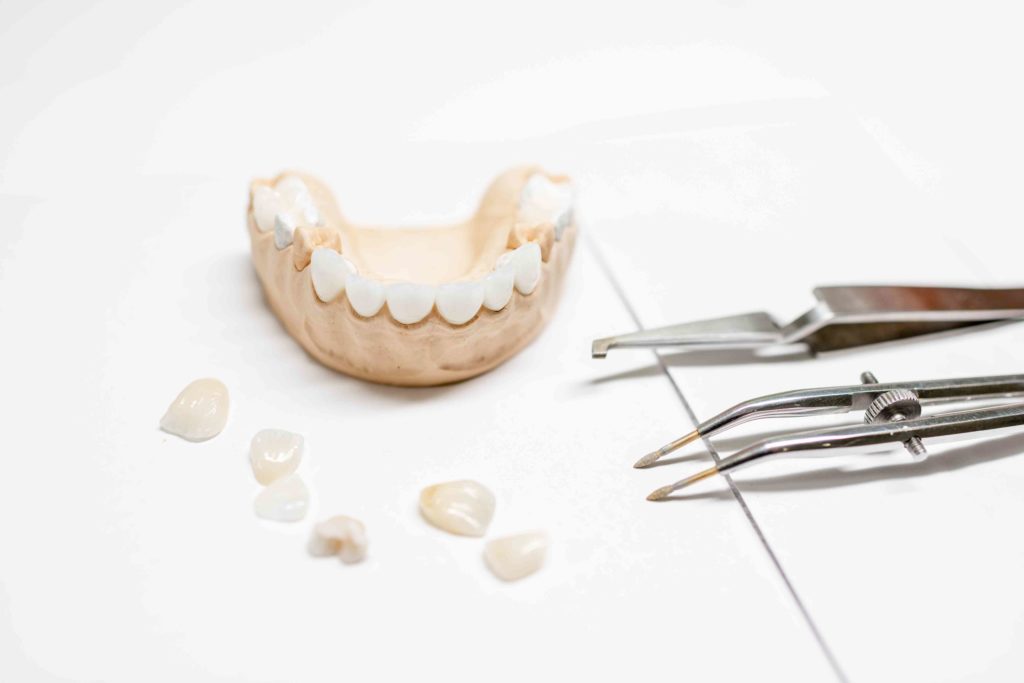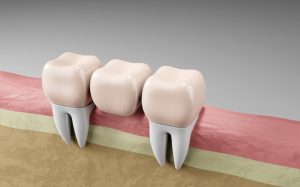Table of Contents
About porcelain veneers
Porcelain veneers are ceramic material in ultra-thin shells that are fused to the front of your teeth. This treatment needs little, if any, anesthesia and it can end up being the perfect choice for enhancing the look of your front teeth. Porcelain veneers are used to mask discolorations, to enhance the brightness of teeth, and to improve your smile. They are very resistant to permanent staining from drinks like tea or coffee, also smoking cigarettes. The wafer-thin porcelain veneers are very good at staying bonded to your teeth, giving a pleasing, natural look that is much better than results from other restorative procedures.

Reasons to go with porcelain veneers
The porcelain veneers are an outstanding substitute for crowns in a lot of circumstances. They offer an even more conventional approach to improving a tooth’s color, its dimensions, or shape. The porcelain veneers can be used to cover up unwanted problems or defects, such as teeth tarnished by tetracycline, by injury, from the root canal procedure, and they are perfect for masking discolored fillings on the front teeth. Porcelain veneers can cover up spaces or gaps between front teeth, or chipped or worn front teeth. Typically, veneers can last many years when properly done.
Procedure for porcelain veneer treatment
It takes three appointments for the whole treatment with porcelain veneers: first the diagnosis and planning of the treatment, the preparation, and finally the bonding.
Diagnosis and planning of treatment: It is critical that you actively work with your dentist in the designing of your smile. Invest time into deciding what look you want and planning the smile. Make sure you know what the treatment can and cannot do. If necessary, meet with your dentist more than once to ensure he understands what you want to accomplish and the look that you want.
Teeth preparation: This visit will usually be from 1 to 2 hours. The teeth are lightly buffed to prepare them for the veneers. This allows for the extra added thickness the veneer will add to the teeth. It may require a local anesthetic, as typically, about a one-half millimeter of the tooth is taken off. At this visit, a mold is made of your teeth and sent into the laboratory for fabrication of your veneers, typically taking 1 to 2 weeks. The dentist can put on a temporary veneer if the teeth are too unsightly, usually for an additional fee.
Veneer bonding: This final visit only takes a couple of hours. Initially, the dental practitioner puts the veneers with water or glycerine onto the teeth to examine their fit and get a feeling for the color or shade. With the veneers resting on your own teeth, you can look at the result, and ensure you like the color. It is still possible to change the color of the veneers, using the shade of cement that will be used to adhere the veneer to your teeth. Once the veneers are cemented on, the color can no longer be modified. The tooth is first cleaned with certain chemical compounds to ensure a bond, before applying the veneer. When a unique cement is put between the veneer and the tooth, a visible light beam triggers the release of a catalyst that solidifies the cement.
Maintenance of the Veneers
You are going to have a period of adjustment for a week or two, getting accustomed to your new teeth that are now changed in size and shape. It is important to brush and floss the teeth each day. In one or two weeks you will go back for your follow-up appointment.
Realistic expectations
Porcelain veneers are very reasonable facsimiles of all-natural teeth, but not perfect replacements. Sometimes you will see minor variations in the shade of the veneers upon close examination, just as often with your normal teeth. However, this treatment can significantly improve your smile, and increase your self-esteem and satisfaction with your look and yourself. For more Info Contact Us Now!



